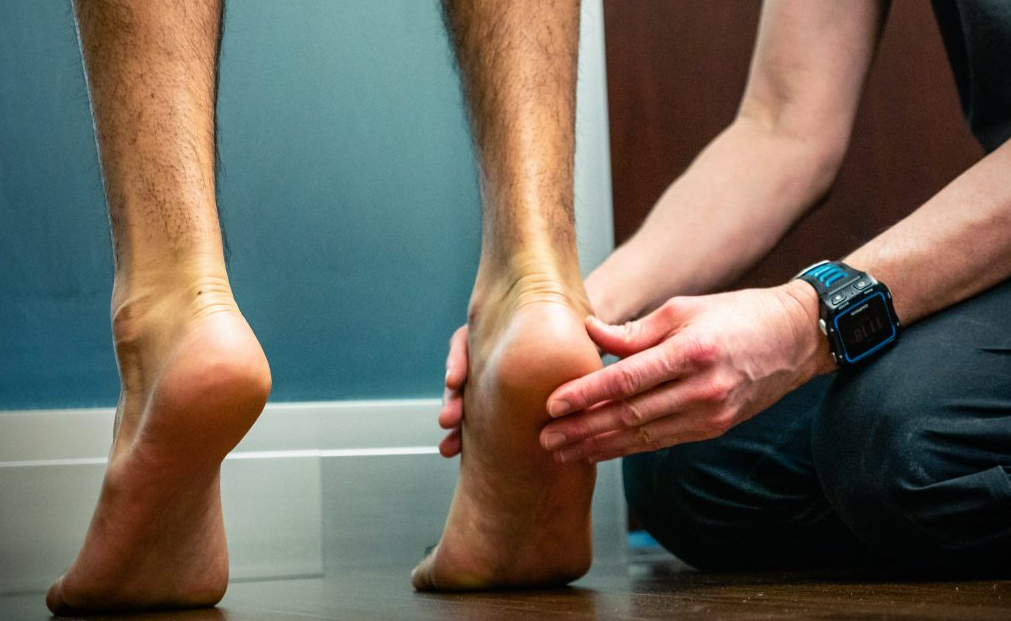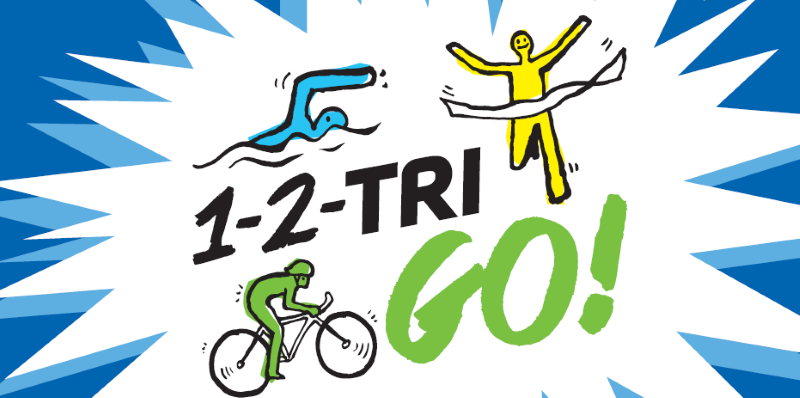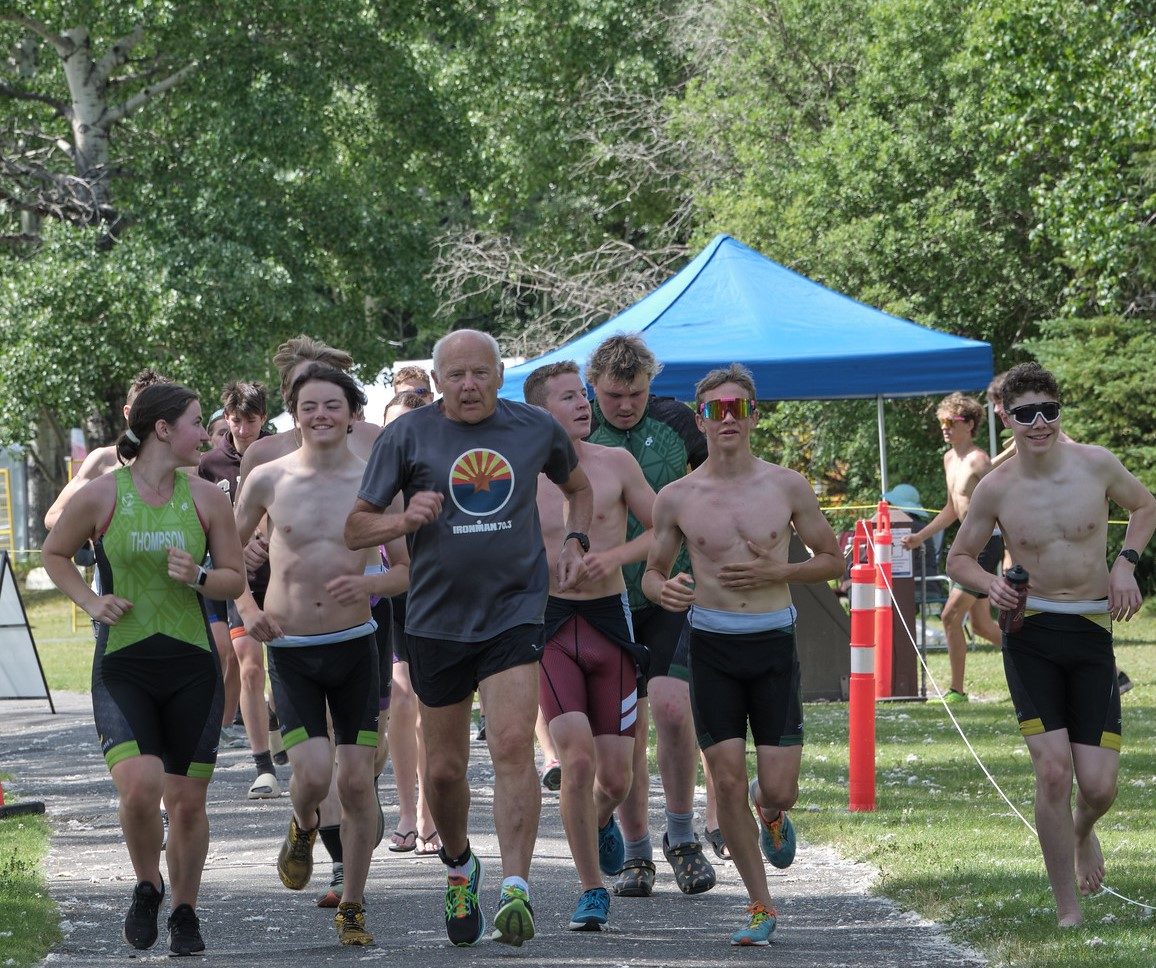Achilles Tendon Pain 101
by By Chris Perrey, Fortius Physiotherapist
Heel pain is one of the most common types of pain seen in Sports Medicine. Of the most common diagnoses of heel pain in adults is Achilles tendinopathy (named after the Greek warrior Achilles who had but one weakness to his invincibility – his “Achilles Heel”).
In this article we’ll cover the “who, what, why” of this common injury and some suggested steps to optimize your recovery.
THE ‘WHO’
Who is at risk of Achilles Tendinopathy?
There are a wide variety of athletes that are susceptible to Achilles Tendinopathy. Some of the most common include:
- Runners (e.g., sprinters, marathon runners or triathletes), or athletes who run in their sport (e.g., soccer players)
- Athletes who jump or land in their sport (e.g., volleyball, basketball, triple jump)
- Athletes who have quick change of direction in their sport (e.g., basketball, soccer, badminton)
- Hikers or anyone else performing ‘on-feet’ activities for long periods of time.
THE ‘WHAT’
What is Achilles Tendinopathy?
Achilles tendinopathy literally means a disorder of the Achilles Tendon (you may also hear the terms Achilles tendinitis or tendinosis, which mean the same thing).
Tendinopathy is not a classic inflammatory condition. In a tendinopathy, the tendon’s internal structure changes, and in some circumstances the tendon may thicken. However, rarely does the tendon tear in Achilles Tendinopathy.
Pain can become intense, and is felt either mid-way along the tendon or sometimes on the heel itself. It can severely impact your ability to run, play sport, and even walk. Playing through pain will usually only make the condition worse.
Tendon pain is usually worse first thing in the morning, and when starting to exercise, but will often decrease as you ‘warm up’. As the condition develops however, pain may change and get worse during exercise, or even be present during the night.
THE ‘WHY’
Why does an athlete develop Achilles Tendinopathy?
There are a number of factors that can contribute to Achilles Tendon pain.
One of the most common is a change in your activity or sport routine, or what we call a change in ‘loading’. This includes changes such as:
- Increasing your running, volume or speed
- Returning to activity or competition after time off
- A change in playing surface (e.g., going from grass to turf)
- Change in footwear (particularly in running or playing footwear, including when the shoe presses on the tendon).
Some other risk factors include:
- Biomechanics (how you run or move, and how the rest of your body is working)
- Previous injuries elsewhere in the body
- Previous tendon pain
- Age — tendinopathies are statistically more common in 40+ age group.
THE ‘HOW’
What are the steps for recovery?
1. DIAGNOSIS
In suspected tendinopathy, the first step is accurate diagnosis. We recommend seeing your Physiotherapist, as it can usually be diagnosed in the clinic, without the need for imaging or expensive testing. They can also help rule out other causes, and can assess if you require a change to your current activities to prevent further degeneration of the tendon.
Sometimes you may be referred to your GP or a Sports Physician for further clarification, to rule out other causes, or to help with medications.
2. PAIN & LOAD MANAGEMENT
Your Physiotherapist will put together a recovery plan based on the severity of the injury. Recovery from a tendinopathy can be slow, from weeks to months. Generally the longer the tendon pain has been present, the more difficult it is to settle. Most tendinopathies do not respond well to rest alone. In the early management phase, your Physiotherapist will build out a multi-phase ‘load management’ plan to keep you moving. This should start with a short period of rest or modified activity to manage pain. They will also start you on some exercises designed to decrease your pain levels.
3. STRENGTHENING
Once your pain levels start to decrease, you should be introduced to more strengthening exercises, as well as exercises to return to using the tendon like a ‘spring’. Your Physiotherapist can help to determine when you can return to sport, which can sometimes be early in the rehab process.
4. MAINTENANCE
Your physiotherapist can also help with a longer-term maintenance program to help you reduce the risk of re-injury.
BOOK NOW!
At Fortius, our physiotherapists work in an integrated team with strength & conditioning coaches, biomechanists, massage therapists, chiropractors and others. Together, we can create a well-rounded treatment plan to address any other factors that are contributing to the injury, such as strength deficits, analysis of running mechanics, or mobility needs.
Visit our website to learn more about Sports Physiotherapy at Fortius, or to book your initial appointment.
Did you know Triathlon BC members receive a preferred rate on select injury prevention and performance testing? If you’re a current Triathlon BC member, Redeem here to save up to 25% using promo code TriFortius2018.




